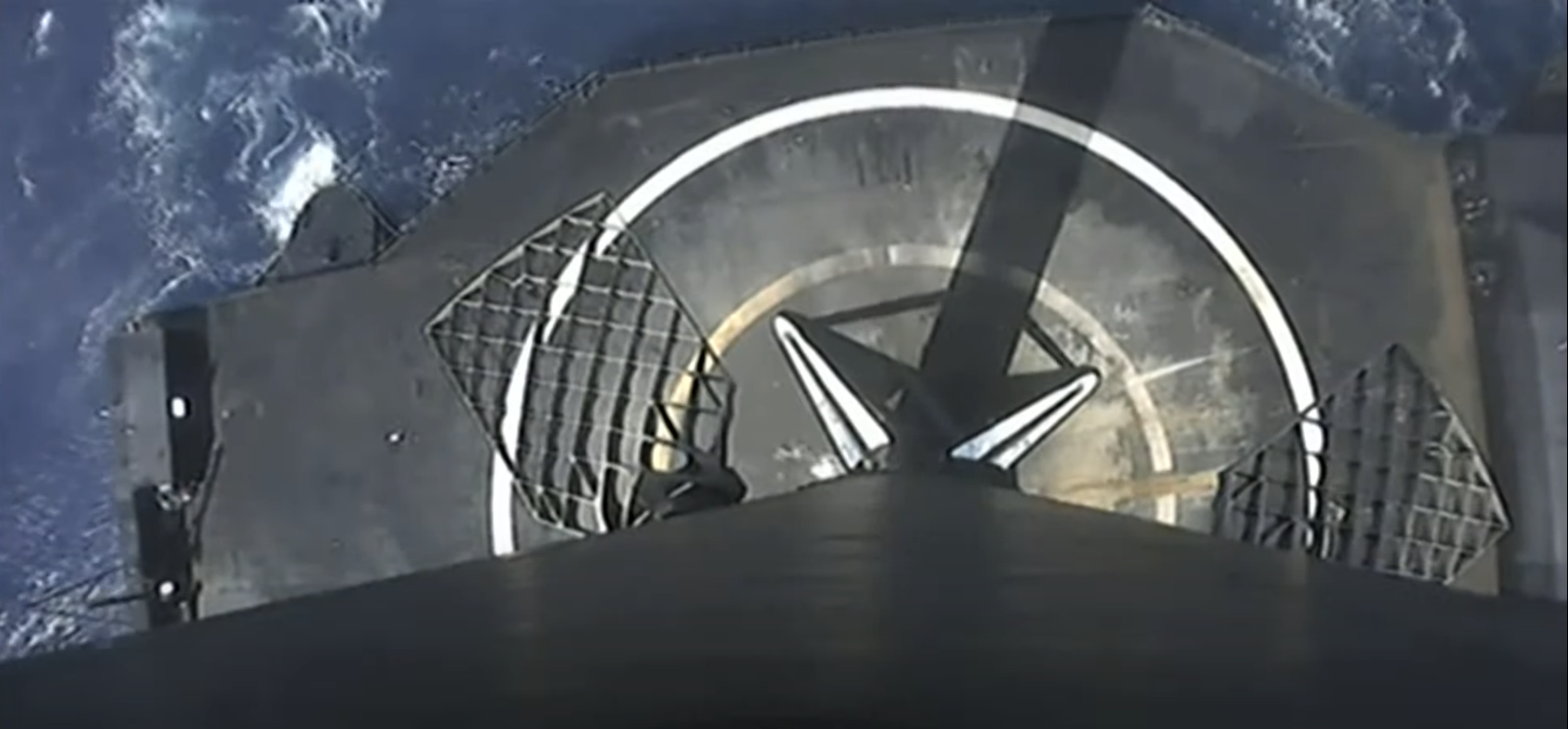
Having just last month passed the impressive total of 2,000 Starlinks launched into space, a six-times-flown Falcon 9 roared aloft from historic Pad 39A at the Kennedy Space Center (KSC) in Florida on Thursday afternoon, laden with the next batch of these low-orbiting internet communications satellites. B1061—which flew most recently in December to lift NASA’s Imaging X-ray Polarimetry Explorer (IXPE)—rose from Earth at 1:13 p.m. EST and returned eight minutes later to a smooth touchdown on the deck of SpaceX’s newest Autonomous Spaceport Drone Ship (ASDS), “A Shortfall of Gravitas”.
With today’s launch, SpaceX has now placed 2,089 “production-design” Starlinks into orbit since May 2019, of which more than 1,800 remain in fully operational status. And in scoring its sixth Falcon 9 launch within the first five weeks of 2022, SpaceX has doubled its flight-rate achievement for the same timeframe last year.
A veteran of five previous launches, B1061 has been waiting in the wings for several days, her flight progressively pushed back in response to a raft of delays which hamstrung her sister, the “converted” Falcon Heavy side-booster, B1052. Original plans envisaged B1052 launching from Space Launch Complex (SLC)-40 at Cape Canaveral Space Force Station, Fla., as soon as Thursday, 27 January with CSG-2, the second member of Italy’s second-generation COSMO-SkyMed radar-imaging satellite constellation.
This would have enabled B1061 to follow from Pad 39A a couple days later on Saturday 29th. Preparations for the launch got underway last Tuesday, 25 January, when ASOG put to sea from Port Canaveral and took up position about 400 miles (640 kilometers) downrange of the Cape, aiming for her third Falcon 9 “catch” of 2022 and her seventh overall, having entered service just last August.
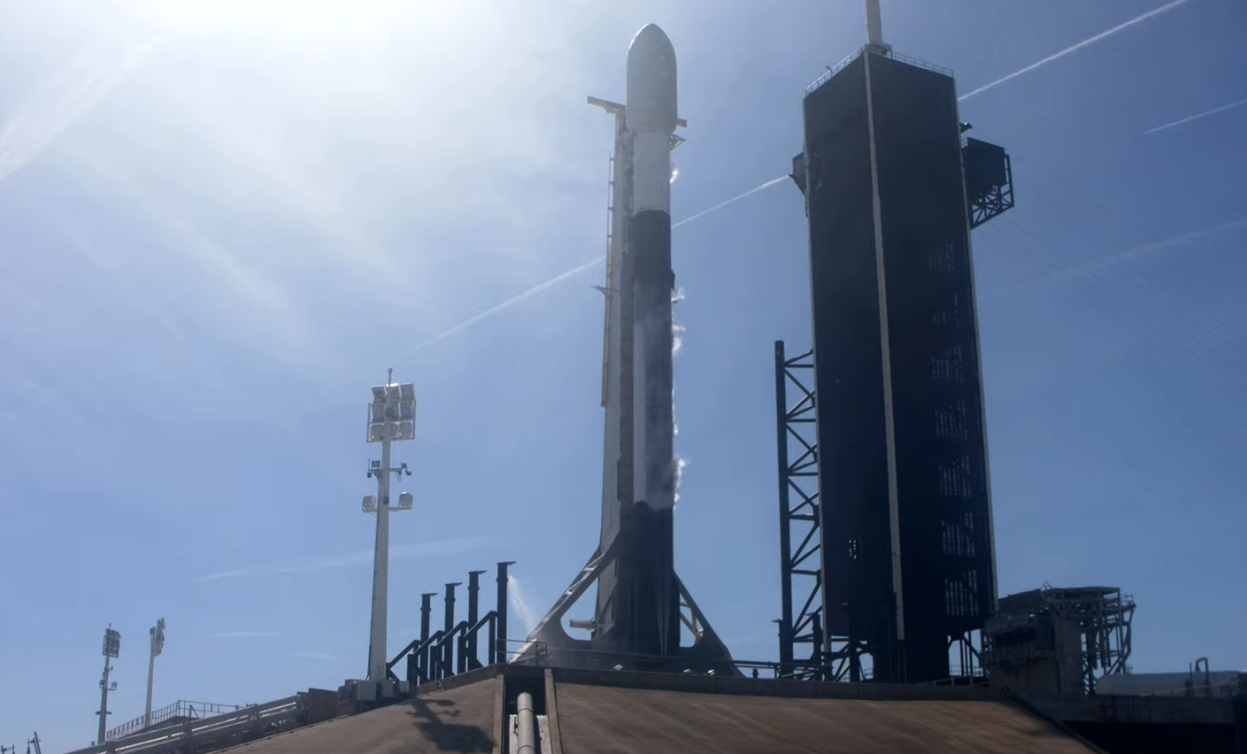
But as CSG-2’s launch was pushed back over four consecutive days from Thursday to Sunday, due to inclement weather on the Space Coast, and again to Monday in response to an unauthorized vessel in the hazard area, so too did B1061 succumb to added delay. The 230-foot-tall (70-meter) booster was rolled out to Pad 39A last Saturday, spectacularly backdropped by her sister B1052, still patiently awaiting her own snakebitten (and, it seems, also weather-bitten) flight. At length, CSG-2 went airborne at sunset Monday. This kindled hopes of staging B1061’s Starlink mission, less than 20 hours later.
For a time, it seemed possible that SpaceX would attempt two missions within two hours of each other, as B1061 flew Starlink from the Cape and the brand-new B1071 core rose from Vandenberg Space Force Base, Calif., laden with the highly secretive NROL-87 payload for the National Reconnaissance Office. Targeted launch times (though unconfirmed by SpaceX) saw NROL-87 flying at 12:18 p.m. PST, followed by Starlink at 4:51 p.m. EST, a mere 93 minutes later. That would have set a new personal best for the shortest interval between a pair of SpaceX launches, eclipsing the 15 hours set between two missions last December.
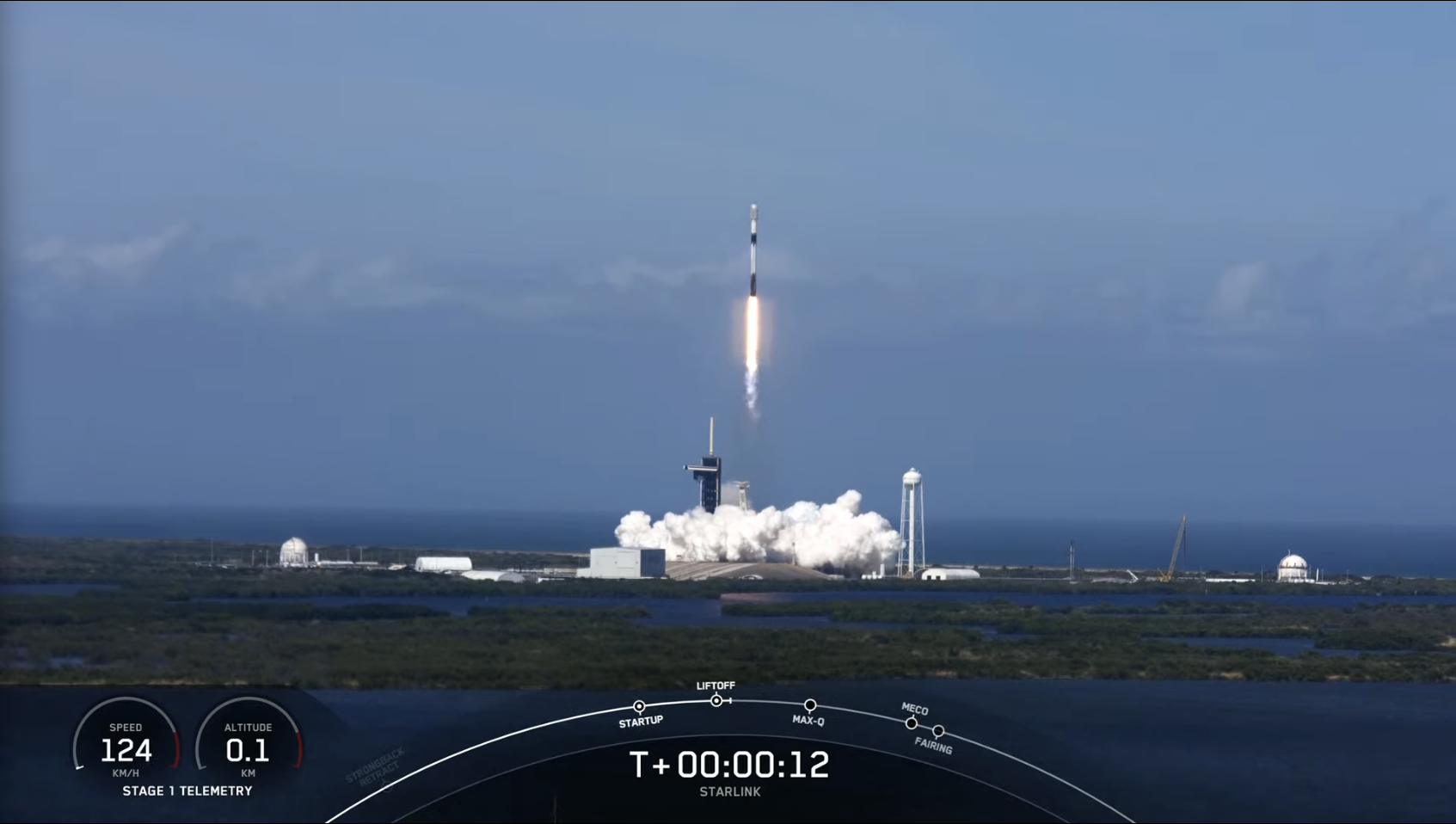
Sadly, it was not to be. The NROL-87 mission—which marks SpaceX’s first National Security Space Launch (NSSL) from the West Coast—naturally took priority and flew successfully at 12:27 p.m. PST Wednesday, with Starlink realigned for Thursday afternoon. Weather conditions for both Thursday and a backup launch date on Friday were predicted to be highly favorable, hovering around 80 percent for the opening attempt and deteriorating slightly to 70 percent at the cusp of the weekend.
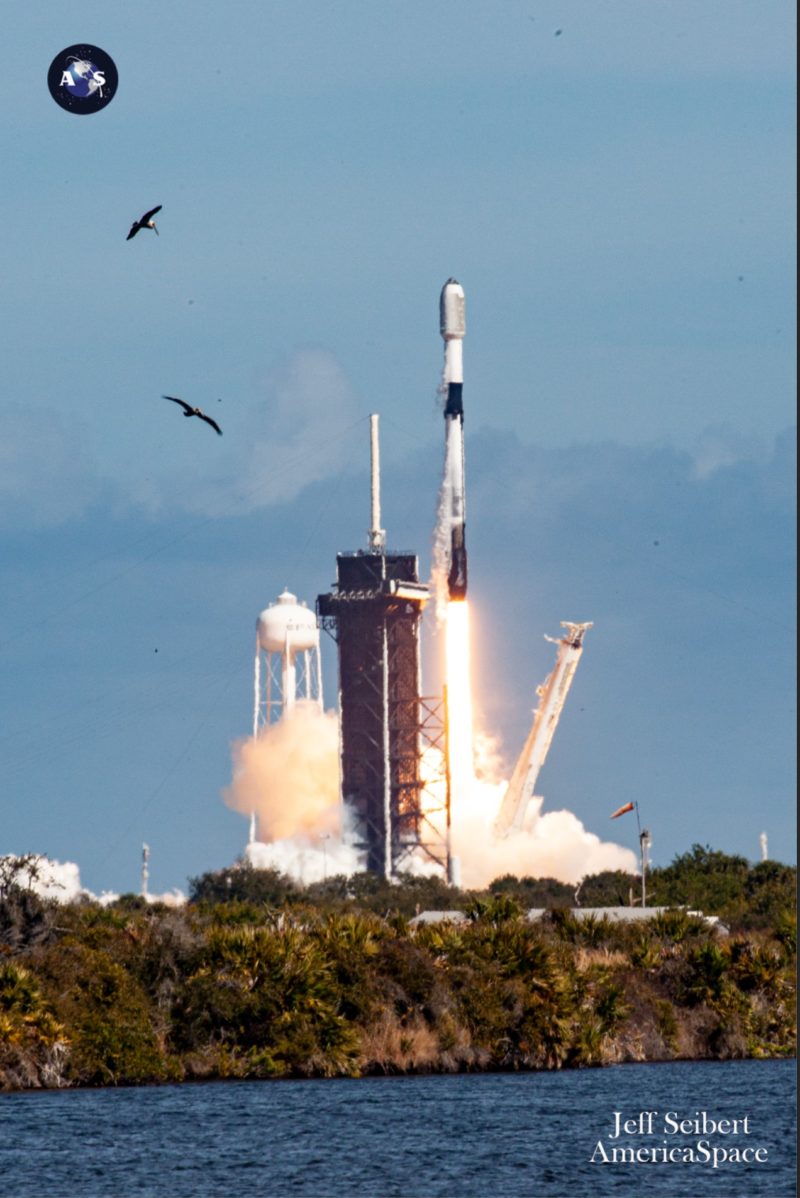
“The Spaceport will remain under the influence of a large area of high pressure over the eastern U.S. and western Atlantic, bringing breezy onshore flow today and Thursday,” noted the 45th Weather Squadron at Patrick Space Force Base in its L-1 briefing on Wednesday. “There will be a small chance for Atlantic showers to reach the Spaceport at times, but the concern for the Thursday afternoon launch window remains very low. The main threat during the window will be Cumulus Clouds.”
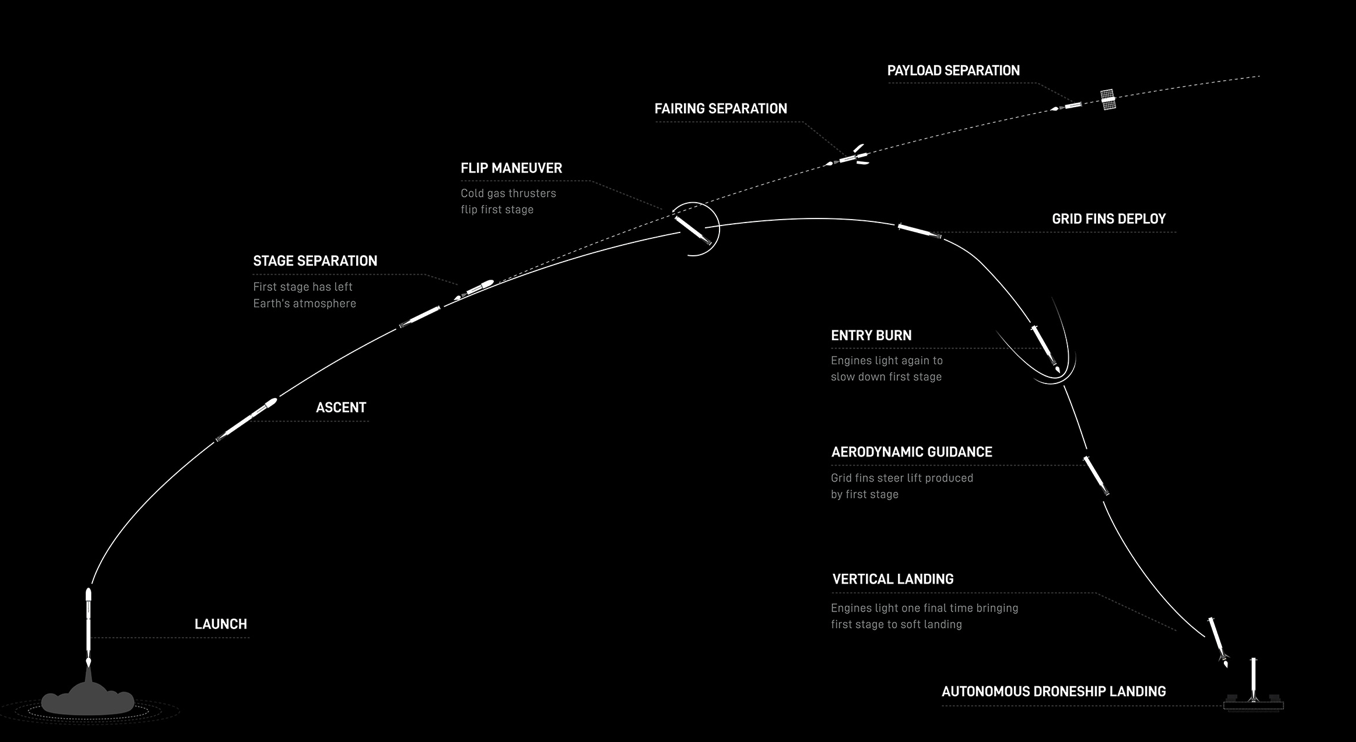
SpaceX smoothly threaded the needle in this deteriorating weather picture and B1061 launched without incident at 1:13 p.m. EST, less than 22 hours after NROL-87. Powered by her nine Merlin 1D+ engines, the Falcon 9 roared smoothly uphill and B1061 shutdown and separated from the stack on time about 2.5 minutes into flight.
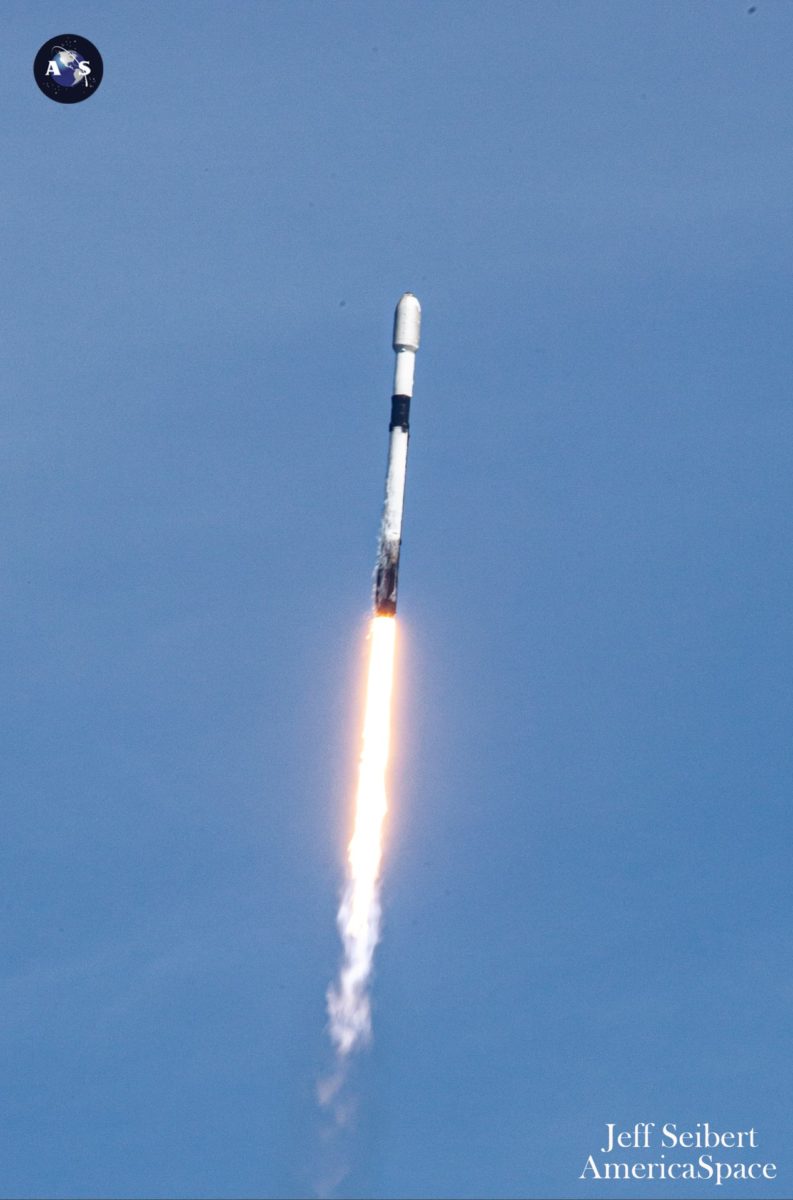
In scenes which have attained a measure of “routine”—yet which never fail to arouse a sense of “wow”—B1061 descended back to Earth with the grace of a dancer to alight on the deck of ASOG. Wrapping up the sixth launch of her career, she has now completed six drone-ship landings.
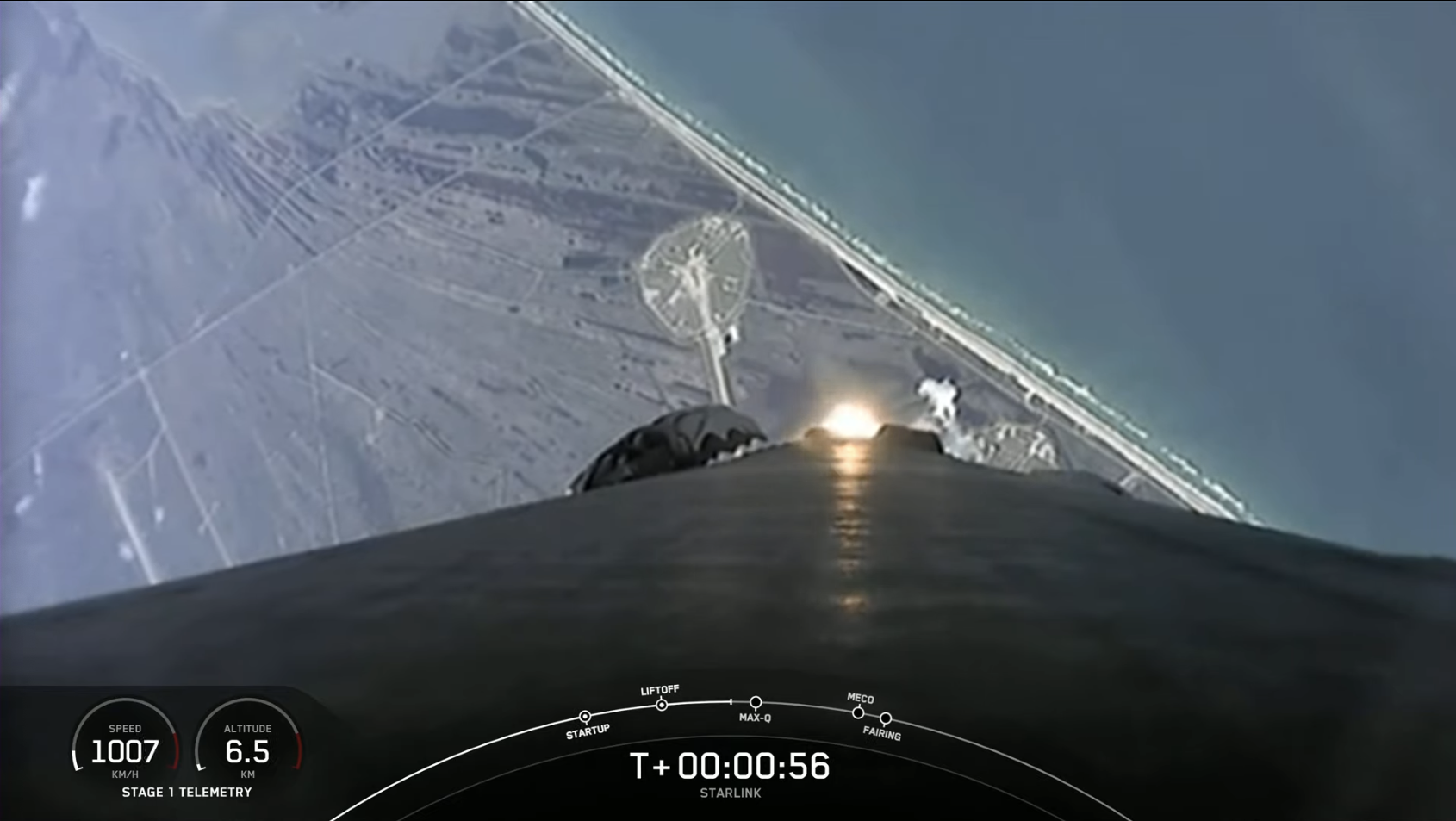
B1061 has a chequered history. She first launched back in November 2020, when she lifted Dragon Resilience and the four Crew-1 astronauts—NASA astronauts Mike Hopkins, Victor Glover and Shannon Walker, plus Japan’s Soichi Noguchi—on the first leg of their trek to the International Space Station (ISS). They went on to spend 167 days in orbit as part of Expeditions 64 and 65 and eclipsed the almost-half-century-old record of Skylab 4 for the longest single mission by a U.S. crewed spacecraft.
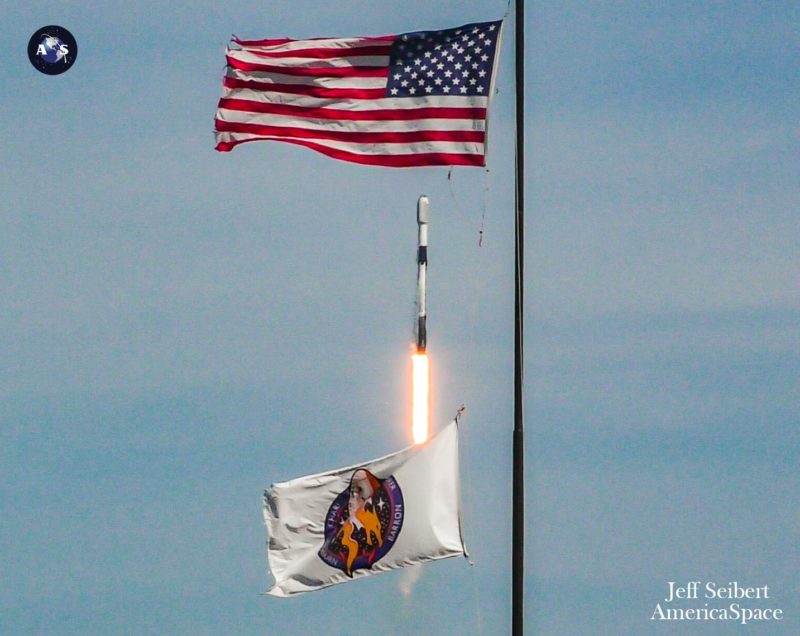
The core’s crew-carrying credentials continued last April, when B1061 heaved Dragon Endeavour aloft, with Crew-2 astronauts Shane Kimbrough and Megan McArthur of NASA, Japan’s Aki Hoshide and France’s Thomas Pesquet. They went on to break Crew-1’s record by logging the longest single flight, 199 days, ever undertaken by a U.S. crew aboard a U.S. spacecraft.
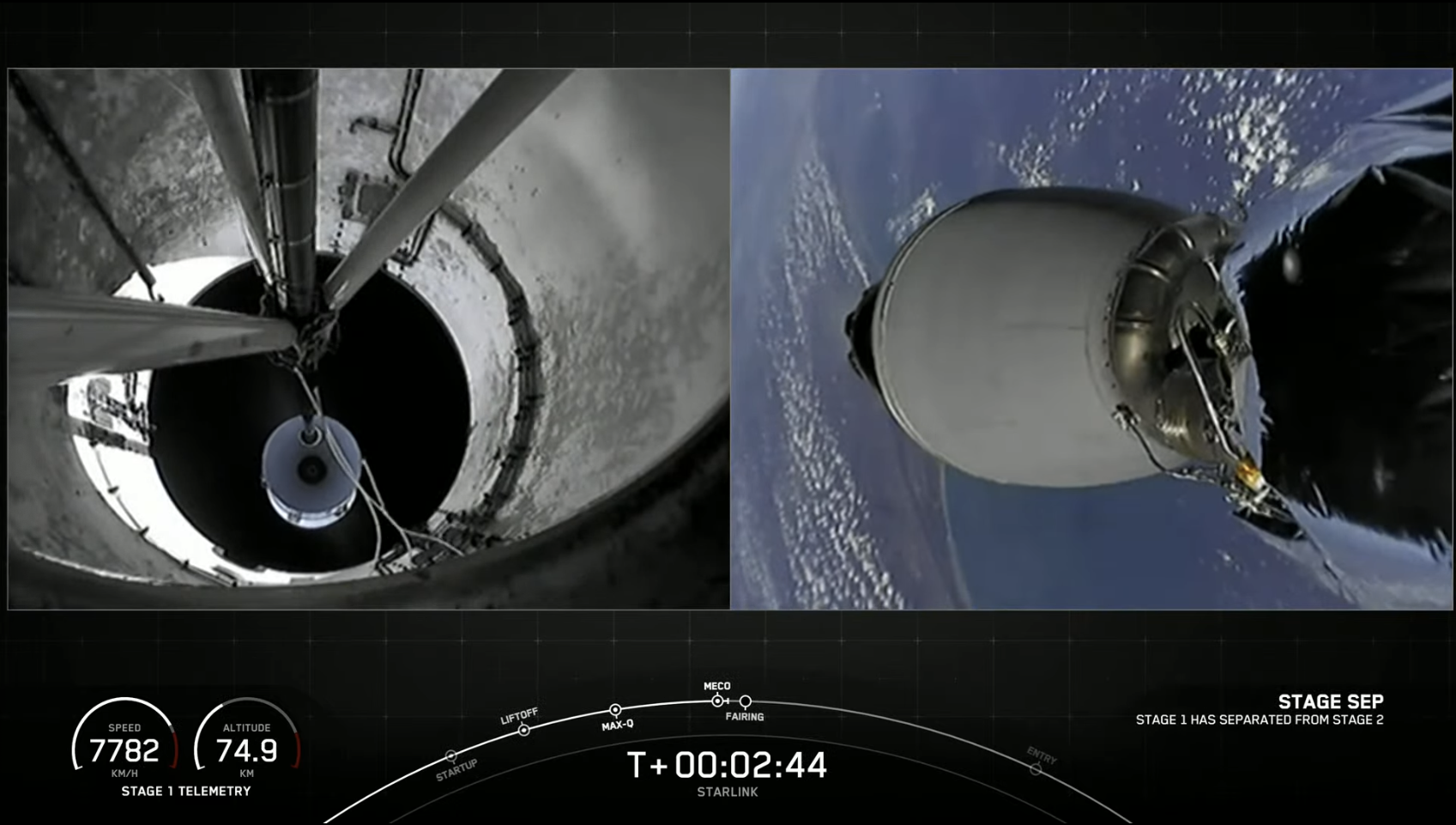
Her role as a crew-carrying booster thus complete, B1061 settled into more regular routine as a payload lifter, delivering SiriusXM’s heavyweight SXM-8 broadcasting satellite into space last June, SpaceX’s CRS-23 Cargo Dragon to the space station last August and most recently NASA’s Imaging X-ray Polarimetry Explorer (IXPE) in December.
With the core stage gone, the Merlin 1D+ Vacuum engine of the Falcon 9’s second stage executed a standard six-minute “burn” to deliver the 49-strong Starlink payload into its requisite orbit, at an altitude of 340 miles (540 kilometers), inclined 53.2 degrees to the equator. Today’s mission brings to 2,089 the total number of “production-design” Starlinks to have been placed into orbit in 36 “batches” and two Transporter “rideshares” since May 2019—and 2,091 when one also counts a pair of “Tintin” test satellites which flew back in February 2018—with more than 1,800 confirmed to still be fully operational.




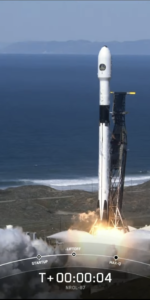

4 Comments
4 Pings & Trackbacks
Pingback:Transporter-4 Kicks Off Ambitious April for SpaceX - AmericaSpace
Pingback:SpaceX Launches Transporter-5 Rideshare , Wraps Up Multi-Mission May - AmericaSpace
Pingback:SpaceX Gears Up for Weekend Launch Triple-Header - AmericaSpace
Pingback:SpaceX Launches Third Falcon 9 in 36 Hours, as Multi-Mission June Continues - AmericaSpace